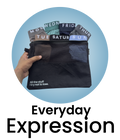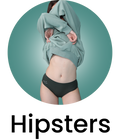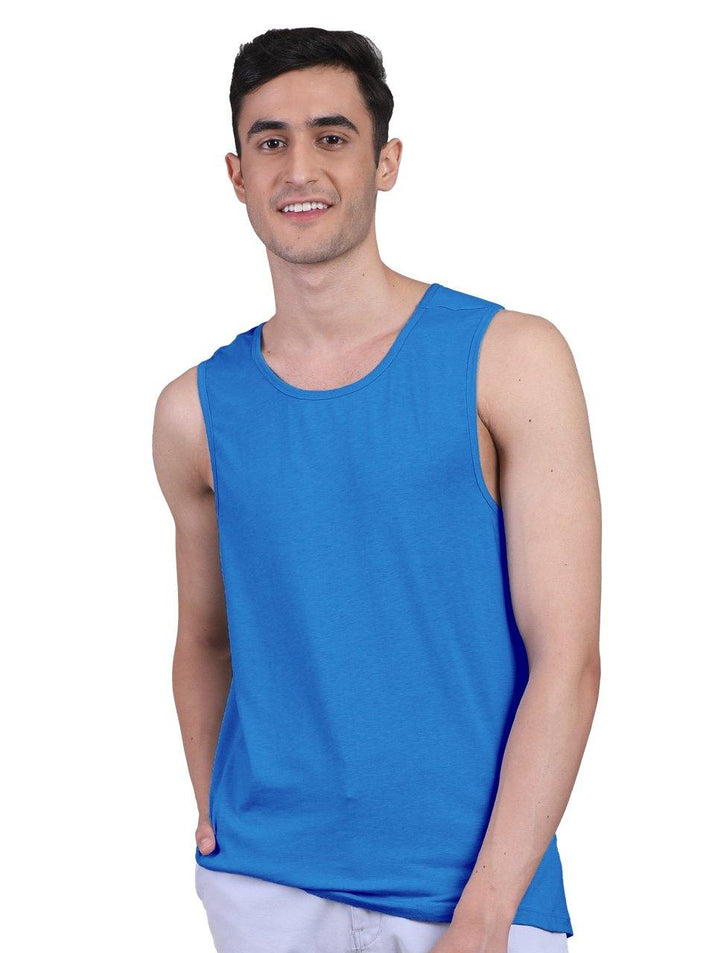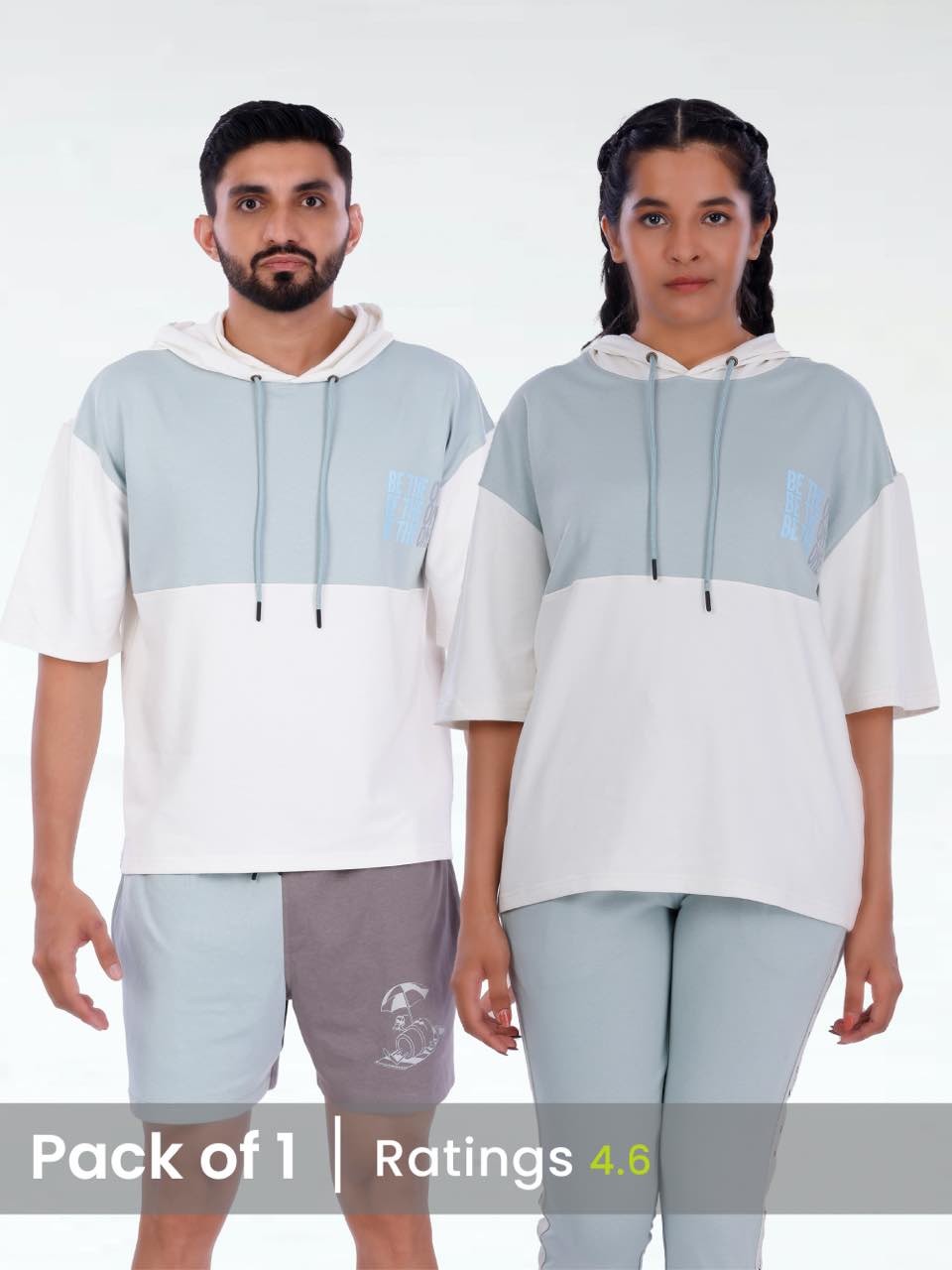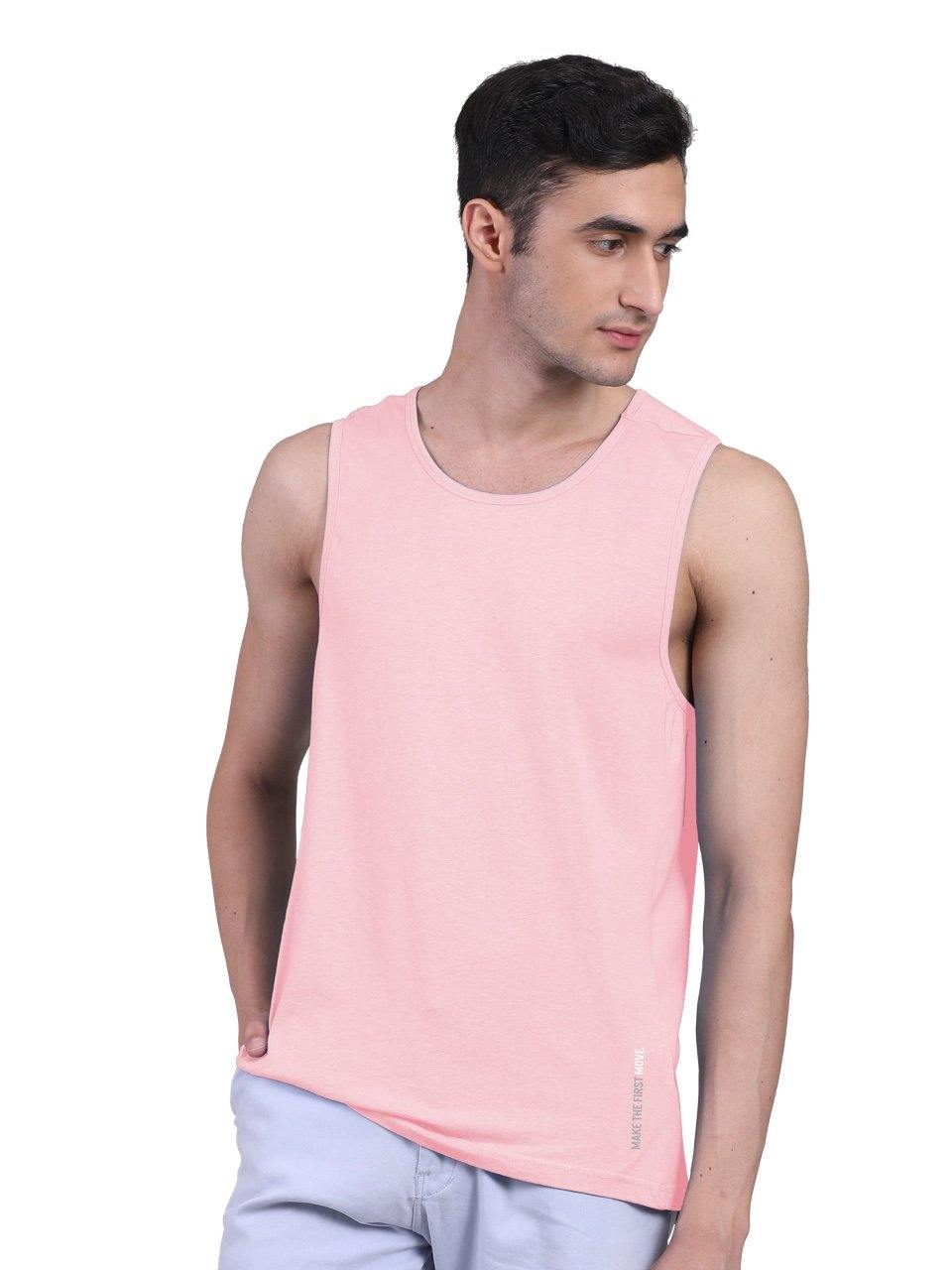Choosing the right workout gear significantly impacts performance and comfort. With the rise of athleisure and specialized fitness apparel, active vests and sweatshirts are popular choices. Understanding their suitability for different activities is crucial. Consider, for instance, high-intensity interval training where breathability is paramount, contrasting with outdoor winter running requiring insulation. This comparison delves into the core attributes of each garment, evaluating factors like breathability, insulation, mobility. Versatility. By examining the pros and cons across various scenarios, fitness enthusiasts can make informed decisions to optimize their workout experience based on weather conditions and exercise intensity.

Understanding the Basics: What are Active Vests and Sweatshirts?
Before diving into the comparison, let's define what we're talking about. Both active vests and sweatshirts are popular pieces of Activewear. They serve different purposes and offer distinct advantages.
Active Vest: An active vest is a sleeveless garment designed for layering or wearing on its own in milder conditions. They typically feature technical fabrics that offer breathability, moisture-wicking properties. Sometimes wind or water resistance. Think of them as a torso-focused layer that allows for a full range of arm movement.
Sweatshirt: A sweatshirt is a long-sleeved garment, traditionally made of cotton or a cotton blend, designed for warmth and comfort. Modern sweatshirts often incorporate synthetic materials like polyester or fleece for enhanced performance, such as increased warmth, quicker drying times. Improved breathability.
Key Differences: Functionality and Intended Use
The primary difference lies in their functionality and intended use. Sweatshirts are generally designed to provide warmth, while active vests are more versatile and often used for layering, adding a light layer of insulation without restricting movement. Here's a breakdown:
- Warmth: Sweatshirts are generally warmer than active vests due to their long sleeves and thicker materials.
- Movement: Active vests offer greater freedom of movement, especially for activities that require a full range of arm motion, such as running, cycling, or weightlifting.
- Layering: Active vests are ideal for layering under jackets or over base layers, providing flexibility in varying weather conditions.
- Breathability: Depending on the materials used, both can offer breathability. Active vests often prioritize ventilation to prevent overheating during intense activity.
- Weather Protection: Some active vests offer wind or water resistance, while sweatshirts typically do not, unless specifically treated or made with specialized materials.
Pros and Cons of Active Vests
Let's break down the advantages and disadvantages of choosing an active vest:
Pros:
- Enhanced Mobility: The sleeveless design allows for unrestricted arm movement, crucial for activities like running, climbing, or CrossFit.
- Core Warmth: Provides insulation to the core body, keeping vital organs warm without overheating the arms.
- Layering Versatility: Easily layers under jackets or over base layers, adapting to changing weather conditions.
- Breathability: Many active vests are made with breathable fabrics that wick away moisture, keeping you dry and comfortable during intense workouts.
- Visibility: Some active vests include reflective elements, enhancing visibility during low-light conditions.
Cons:
- Limited Warmth: Doesn't provide warmth to the arms, making it unsuitable for very cold weather without additional layers.
- Weather Exposure: Offers no protection from rain or wind on the arms.
- Style Limitations: Can look incomplete or out of place in casual settings compared to a full-sleeved garment.
Pros and Cons of Sweatshirts
Now, let's examine the advantages and disadvantages of choosing a sweatshirt:
Pros:
- Overall Warmth: Provides comprehensive warmth to the torso and arms, ideal for colder conditions.
- Comfort: Soft materials like cotton or fleece offer a high level of comfort for lounging or casual wear.
- Style Versatility: Available in a wide range of styles, colors. Designs, making them suitable for various occasions.
- Protection: Offers some protection from wind and light rain (depending on the material).
Cons:
- Restricted Movement: Sleeves can restrict arm movement during certain activities.
- Overheating: Can lead to overheating during intense workouts, especially if made from non-breathable materials.
- Moisture Retention: Cotton sweatshirts can absorb sweat and become heavy and uncomfortable during exercise.
- Bulkiness: Can be bulky and difficult to layer under jackets.
Material Matters: Fabric Technology in Activewear
The choice of material significantly impacts the performance of both active vests and sweatshirts. Here's a look at some common fabrics and their properties:
- Polyester: Lightweight, durable, moisture-wicking. Quick-drying. A popular choice for both active vests and performance sweatshirts.
- Nylon: Strong, abrasion-resistant. Water-resistant. Often used in active vests for added durability and weather protection.
- Merino Wool: Naturally breathable, odor-resistant. Temperature-regulating. A premium option for both active vests and sweatshirts, offering excellent comfort and performance.
- Cotton: Soft, comfortable. Absorbent. Commonly used in traditional sweatshirts. Less ideal for high-intensity activities due to its slow drying time.
- Fleece: Warm, soft. Insulating. A popular choice for sweatshirts and the lining of active vests.
Real-World Applications: Choosing the Right Gear for Your Activity
To illustrate the best use cases, consider these scenarios:
- Running in Cool Weather: An active vest over a long-sleeved base layer provides core warmth without restricting arm movement.
- Weightlifting: An active vest allows for a full range of motion during exercises like bench press and overhead press.
- Hiking in Mild Conditions: An active vest can be worn on its own or layered under a jacket for added warmth and weather protection.
- Lounging at Home: A comfortable sweatshirt provides warmth and relaxation on a chilly evening.
- Casual Outdoor Activities: A stylish sweatshirt offers warmth and comfort for activities like walking the dog or attending a sporting event.
Case Study: Marathon Training in Varying Weather
During marathon training, runners often face a variety of weather conditions. A runner might wear an active vest over a moisture-wicking base layer on a cool, breezy morning to keep their core warm while allowing their arms to breathe. As the temperature rises, they can easily remove the vest. On colder days, a performance-oriented sweatshirt made of a polyester blend can provide the necessary warmth and moisture management.
Anecdote: My Experience with Active Vests and Sweatshirts
As an avid trail runner, I've found both active vests and sweatshirts to be indispensable parts of my Outerwear wardrobe. I prefer active vests for their versatility and freedom of movement during races and high-intensity training sessions. But, when the temperature drops below freezing, a warm, fleece-lined sweatshirt becomes my go-to choice for staying comfortable on long runs.
Cost Comparison: Finding the Best Value
The price of active vests and sweatshirts can vary widely depending on the brand, materials. Features. Generally, basic cotton sweatshirts are the most affordable option, while high-performance active vests and sweatshirts made with premium materials like merino wool or advanced synthetic fabrics tend to be more expensive. Consider your budget and intended use when making your decision. It's often worth investing in higher-quality materials for activities where performance and durability are crucial.
Conclusion
Choosing between an active vest and a sweatshirt really boils down to understanding your activity level and the weather conditions. We've explored how vests offer core warmth and freedom of movement, ideal for activities like hiking or cycling where ventilation is key. Sweatshirts, on the other hand, provide overall warmth and comfort, perfect for cooler temperatures or relaxed settings. The Implementation Guide: Think of vests as your layering ally, especially during transitional seasons. A practical tip is to consider the vest's pocket configuration – are they easily accessible while you're active? For sweatshirts, prioritize breathability; look for cotton blends or moisture-wicking fabrics. Your action item: assess your current wardrobe and identify the gaps. Do you need a versatile vest for outdoor adventures or a cozy sweatshirt for everyday comfort? Success, in this case, is measured by how well your chosen garment enhances your activity and comfort levels. If your vest allows you to push through that uphill climb without overheating, or your sweatshirt keeps you warm and comfortable on a chilly evening walk, you've made the right choice.
More Articles
Half Sleeves T Shirt For Men – Breathable Fabric & Casual Style
Cotton Trunks For Men Pack Of 3 – Everyday Comfort & Breathable Fabric
Printed Bandana For Men Face Mask – Versatile Style & Sun Protection
FAQs
Okay, so what's the real difference between an active vest and a sweatshirt when I'm trying to decide what to wear for a workout?
Good question! The biggest difference boils down to core warmth versus overall warmth. A vest warms your core, allowing your arms to breathe and regulate temperature. A sweatshirt provides more comprehensive warmth, covering your arms and torso. Think about the weather and your activity level. Chilly but not freezing? Vest. Genuinely cold? Sweatshirt might be better.
When would an active vest actually be better than a sweatshirt?
That's all about versatility! Vests are awesome for activities where you might overheat quickly, like running or hiking. They let you dump heat and move freely, unlike a sweatshirt which can get stuffy. Plus, layering a vest is easier – you can easily take it off and stash it if you get too warm.
Sweatshirts seem cozier, though. Are there times when a vest just won't cut it?
Absolutely! If you're heading out in genuinely cold weather, especially for less intense activities like walking the dog or stretching outdoors, a sweatshirt will provide much better insulation. A vest alone might leave your arms shivering!
What about rain or wind? Does that change the game?
Definitely! For light rain, some active vests have water-resistant coatings that can be surprisingly helpful. For heavier rain or strong winds, though, a sweatshirt is usually not enough! You would need a waterproof jacket regardless. But, layering that jacket over a sweatshirt is usually warmer and more effective in those conditions than layering it over a vest.
So, which one is more stylish? (Let's be honest, that matters a bit.)
Haha, fair enough! Style is subjective. Vests often have a sleeker, more modern look. They can be dressed up or down more easily. Sweatshirts are classic and comfy. Can sometimes look a bit too casual. It depends on your personal style and what you're pairing them with.
Are there different types of active vests and sweatshirts I should know about?
You bet! For vests, look for features like wind resistance, water resistance, breathability. Insulation type (down, synthetic, or fleece). For sweatshirts, consider the fabric (cotton, fleece, performance blends), the weight (lightweight vs. Heavyweight). Features like hoods, pockets. Moisture-wicking properties. Choosing the right materials makes all the difference.
Okay, last one! Which is easier to care for?
Generally, active vests are easier to care for because they're often made of more durable, water-resistant materials. Sweatshirts, especially those made of cotton, might require a bit more attention to prevent shrinking or fading. Always check the care label!

